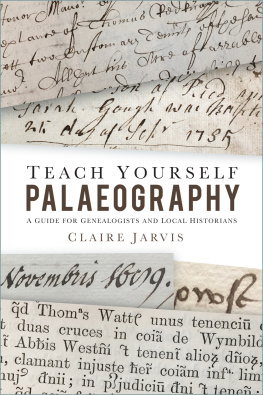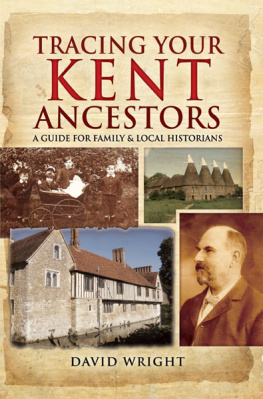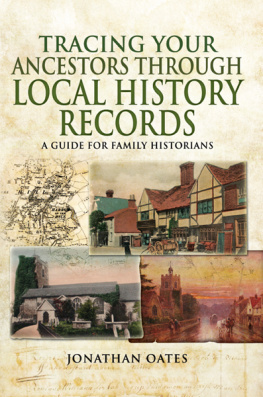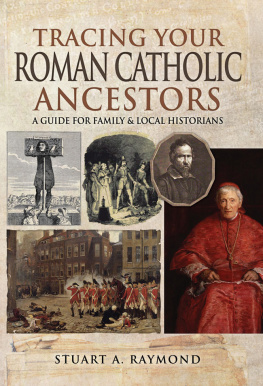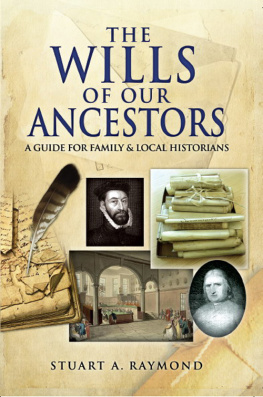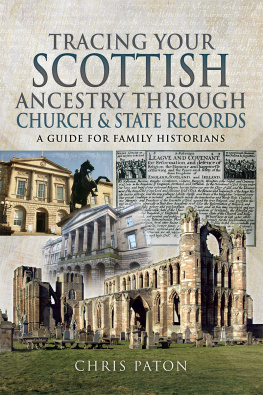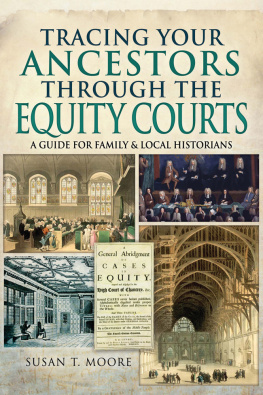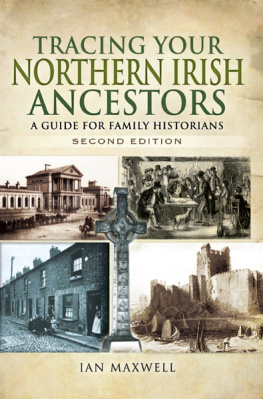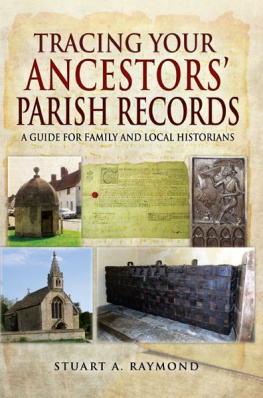Contents
Guide
First published 2022
The History Press
97 St Georges Place, Cheltenham,
Gloucestershire, GL50 3QB
www.thehistorypress.co.uk
Claire Jarvis, 2022
The right of Claire Jarvis to be identified as the Author of this work has been asserted in accordance with the Copyright, Designs and Patents Act 1988.
All rights reserved. No part of this book may be reprinted or reproduced or utilised in any form or by any electronic, mechanical or other means, now known or hereafter invented, including photocopying and recording, or in any information storage or retrieval system, without the permission in writing from the Publishers.
British Library Cataloguing in Publication Data.
A catalogue record for this book is available from the British Library.
ISBN 978 1 8039 9127 6
Typesetting and origination by The History Press
Printed and bound in Great Britain by TJ Books Limited, Padstow, Cornwall.
eBook converted by Geethik Technologies

Contents
Acknowledgements
My thanks are due to the following for their kind permission to reproduce the images in this book:
Derbyshire Record Office
Dorset History Centre
Essex Record Office
Gloucestershire Archives
London Metropolitan Archives
Surrey History Centre
The National Archives
Warwickshire County Record Office
West Yorkshire Archive Service
Wiltshire and Swindon History Centre
I owe an endless debt of gratitude to Adrian Spencer Jarvis (19662015), and this book is dedicated to his memory. Dis aliter visum.
Introduction
Have you ever searched a nineteenth-century census for a name you are sure must be there but is unaccountably missing? A simple thirty-second search stretches into an afternoon as you digitally search the streets, house by house, for your elusive ancestors, only to find that they have been mistranscribed in the online index used to search the records and appear under a different name altogether.
It shouldnt happen: nineteenth-century handwriting is easy to read with a little practice. A transcription error for one of my own ancestors, of Heuman for Henman, shown in , would have been avoided if the indexer had made a careful comparison of similar letter forms on the same page, and was perhaps familiar with common English surnames. (The online indexes referred to throughout are those provided by Ancestry; similar transcription errors occur in the indexes of all family history websites.)

Figure 1: Excerpt from 1861 Census, Abington, Northamptonshire.
(The National Archives, ref: RG 9/933/30/25)
The writing in , however, poses genuine difficulties. The letter forms are unfamiliar and may take more than one form even within a word, special marks are used to show that words have been abbreviated, and common English forenames have been written in Latin. Furthermore, the ink has bled through the paper from the following page in the original document, making the writing difficult to decipher. It is simply not possible to read this without some training. In this case, William Ashewell, son of John Ashewell was transcribed in the online index as Willms Atherwett son of Chois Atherwett, and wrongly dated 1570 instead of 1544.
Transcription errors are not always a problem; the online search uses an algorithm to generate alternative spellings of names, and in the case of my Northamptonshire ancestor, Heuman was indeed matched as a possible alternative to Henman. Unsurprisingly, however, the name Atherwett does not appear as a possible match for Ashwell, and I might well have assumed that that this Surrey ancestor did not appear in the parish register. (In fact, at least half of all the entries in the Latin part of this sixteenth-century register are mistranscribed, making the online index almost useless. Many are serious errors that will not be matched as alternative spellings of names: for example, Sanrans for Laurans, Wyeahel for Nycholus, or Sanpyn for Turpyn.) It is possible to read sixteenth-century handwriting as easily as nineteenth-century handwriting with practice, and a quick scan of the register showed a number of Ashwells resident in sixteenth-century Kingston.

Figure 2: Excerpt from parish register, All Saints, Kingston upon Thames, Surrey, 16 October 1544. (Surrey History Centre, ref: P33/1/1)
Transcription:
Willi[elm]us ashewell filius Jho[ann]is ashewell
fuit Baptizatus xvi die me[n]sis octobris
Translation:
William Ashwell son of John Ashwell
was baptised on the sixteenth day of the month of October
Many records in local archives, however, ranging from nineteenth-century poor law records to seventeenth-century quarter sessions records, and from sixteenth-century manor court rolls to twelfth-century charters, and an ever-increasing volume of digital images, are not indexed at all. If you want to read them, youll have to do it yourself.
I had two aims in mind when I started this book. The first was to provide the sort of guide that I needed when I started researching population history at Cambridge University as a post-graduate many years ago. I found that it was easy enough with a little practice to read eighteenth-century parish registers, but I quickly ran into difficulties with court records from the same date, which were sometimes in Latin, and often written in a bewilderingly difficult script. I could pick my way through a neat fourteenth-century deed, but found manor court rolls of the same date, with their abundance of impenetrable abbreviations, completely inaccessible.
This, then, is the teach yourself book that would have been useful to me, a manual for learning to read old handwriting. If you follow it from beginning to end, you should be able to tackle any record that might be found at any date in English archives. It should be useful, both for the beginner starting out on original documents for the first time, and for the more experienced researcher who, having painstakingly constructed a family tree, now wishes to get to grips with the abundance of records that add context to their personal histories.
My second aim is to provide a one-stop reference guide to all the different letter forms, symbols and abbreviations that have been used in English records over time. This pulls together information from the wide range of publications that I have acquired over the years, many out of print, each covering one particular aspect of old handwriting, such as Tudor secretary hand, medieval court hands, or Latin abbreviations and symbols, and has been informed by years of experience transcribing and translating a wide variety of historical records.
It is important to also say what this book is not. It is not a course in Latin; most records from the early eighteenth century, and many interesting records from earlier centuries, were written in English, and it is possible to undertake a good deal of useful research without any Latin at all. Much of the book is concerned with records written in English, and the Latin documents can be passed over if they are not of interest.

